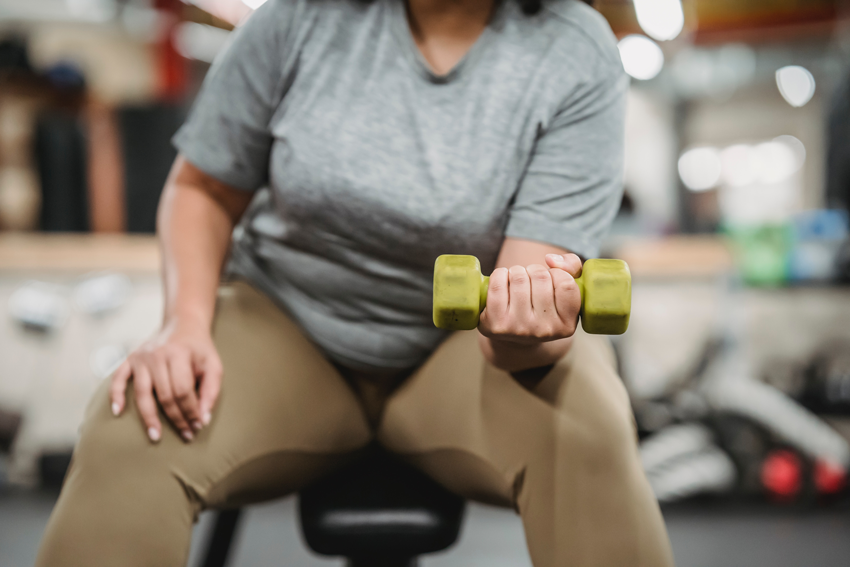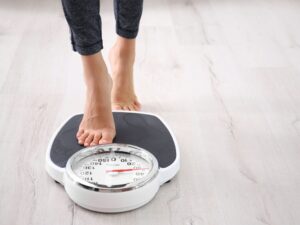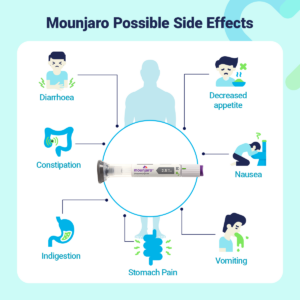We know that exercise is important for weight loss and long-term management, as well as providing an endless list of other health benefits.
However – for people that have issues with mobility, exercise can often seem like an unachievable goal, because most articles on exercise are geared towards the able-bodied.
Because of that, we’ve put together this article on what you can do to increase your activity levels if you struggle with your mobility.
Chair-based exercises
One of the most popular ways to exercise with mobility issues is by doing chair-based exercises.
This means that you don’t have to worry about your balance or ability to stand, but it still gets parts of your body moving, which is more than what you’d probably do on an average day!
The thing to remember when it comes to exercising with a mobility issue is that you’re aiming for progress – not perfection.
When you focus on making progress rather than thinking about everything you can’t do, a whole world of new opportunities is opened up.
You need to focus on what you are able to do and build on that.
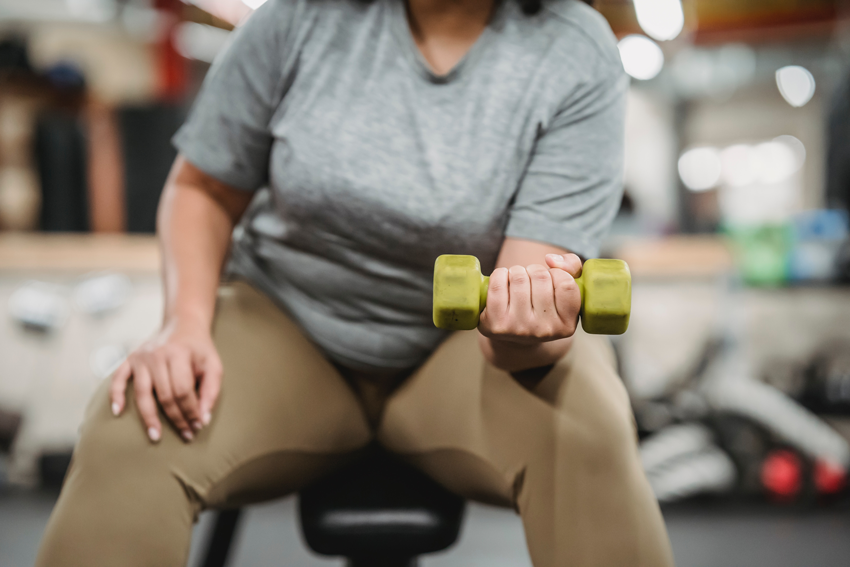
Many chair-based exercises are designed around stretches and gentle movements.
Whilst this isn’t necessarily cardio or aerobic exercise, it can help to strengthen your muscles and joints, and in some cases, it could improve your mobility to a point where you’re able to do other types of exercise or even walk for longer.
The same logic applies with chair-based exercises as it does with other exercises – work to a moderate intensity so that you can talk, but wouldn’t be able to sing a song.
Essentially, you’re looking to be mildly out of breath.
You can also adopt other exercises to become chair-based ones.
For example, you can still use dumbbells to tone your arms, but you might have to sit down to do so rather than stand up.
If you don’t have weights at home, you can also use household items like bottles of water or tins of beans as a substitute.
For specific exercises, the British Heart Foundation has a great list of chair-based exercises that you can try to get your body moving.
Although it might not feel like you’re doing much, remember – your body will be getting stronger which can help with mobility in the long run.
Water-based exercises
Another popular choice for people with low mobility or joint problems is aqua-aerobics or water-based exercise.
These usually take place in a swimming pool with a group of other people – you should check your local area to see when classes might be starting again after COVID.
If your GP is aware of your mobility struggles, you may even be able to ask them if there are any hydrotherapy sessions that might be available to you on the NHS.

Exercising in water is classed as low-impact, due to the fact that it doesn’t put anywhere near as much stress on your joints than land-based exercises.
Some people walk or jog in the water.
Whilst it might slow you down, the aim of hydrotherapy exercise isn’t speed, but movement.
As long as you’re moving, your body is becoming stronger, and low-impact exercise means that you shouldn’t feel as much pain as you might do if you’d been for a jog or used the treadmill for a while.
Unfortunately, it can be quite hard to recreate water-based exercises at home, as most people don’t have access to a large or deep enough pool of water.
When exercising in water, you should be able to comfortably stand up, with the water level being no higher than your chest, and no lower than your waist.
If you have specific problems that affect your mobility (for example, a back injury, knee pain, arthritis, etc), you may be able to ask for a physio referral from your GP (or even self-refer) in order to treat the problem at the source.
Exercising with chronic pain
Exercise with chronic pain is possible, despite the fact that it can sometimes be painful.
The key to exercising with chronic pain is to take things slowly and at a manageable pace.
You may not be able to exercise for long at first, but don’t let this dishearten you.
Like we said earlier, it’s about progress instead of perfection, and making sure that you move a little bit each day is incredibly beneficial for your health as well as your pain levels.
If you need to take painkillers before exercising, you should remember that medication can sometimes mask symptoms, and you should take it a little easier for that session to make sure that you aren’t causing any damage.
Chronic pain can often affect mental health, which can then cause a vicious cycle of pain and low mood – but exercise can often help with mental health, as it can release endorphins in the brain.
You don’t have to run a marathon to experience this, either – you just need to do a moderate-intensity activity in a way that’s accessible to you.
Let’s say you enjoy cycling but aren’t able to sit on a bike – you can always buy foot pedals to use whilst you’re sitting in a supportive chair.
It essentially allows you to turn any chair into an exercise bike, which is great for people with chronic pain that either can’t cycle for long distances, or find it difficult to use a bike seat.
This way, you’re still getting your blood pumping and increasing your heart rate, but you can also finish off that Netflix series at the same time!
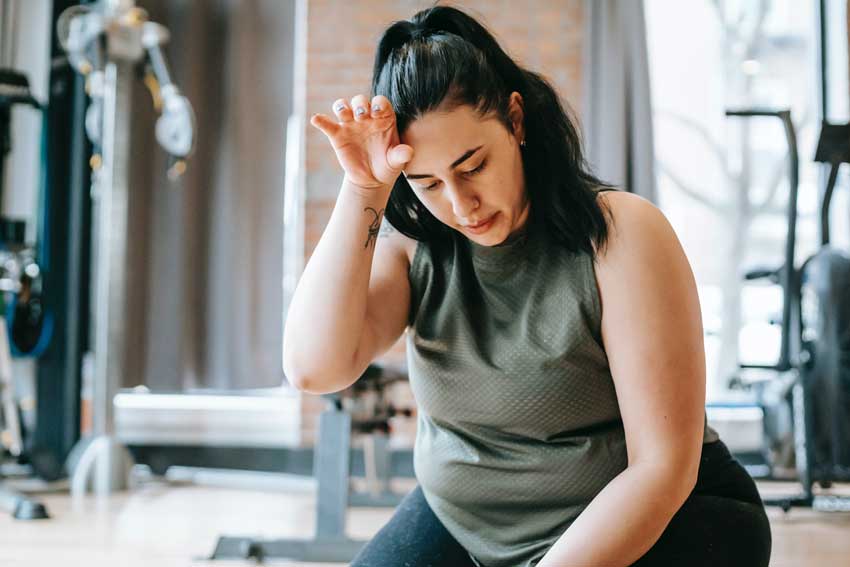
When you start exercising with chronic pain, it’s completely normal to have a few days where you’re in too much pain to do as much as previous sessions or even to exercise at all.
Please don’t worry about this.
Exercise isn’t about punishing your body – exercise should be a celebration of what you’re able to do.
If you need to take a rest or take it easy one day, you absolutely should!
Working past your limits is only going to hinder your progress, so don’t beat yourself up if a pain flare-up stops you in your tracks.
You know your body better than anyone else.
Keeping mobile is incredibly important with chronic pain, as movement can often ease some of the stiffness that you can experience with various types of pain.
Because of this, we would recommend gentle exercise every day (or as many days as you’re able to manage) until you reach a point where you’re able to work at a moderate intensity.
Exercise isn’t just about weight loss – it’s about strengthening your body and keeping it healthy so it can support you better.
Don’t worry if you aren’t seeing any reduction in weight on the scales once you start exercising, as it still provides an immense amount of health benefits.
Advice for exercising with mobility issues
If you begin to feel any pain at all, especially if it’s severe or comes on suddenly, you should stop exercising and rest.
If the pain doesn’t subside with painkillers, or you’re unable to do any daily activities, you should seek urgent treatment.
Always make sure that you wear good shoes to exercise in.
These should support your feet and have a good grip, even if you’re just doing chair-based exercises.
Proper footwear can help to reduce the risk of trips and falls, which could cause a nasty injury.
Stay close to home if you can, or even workout at home.
It means that if you experience a pain flare-up during exercise, you won’t be far from home or any treatment you might need.
Try not to over-exert yourself. This can cause fatigue and increased pain or mobility issues.
If you feel uncomfortably breathless, you should stop and make sure to hydrate yourself.
Exercising for weight management isn’t a race, and everyone has their own individual pace at which they’re comfortable.



